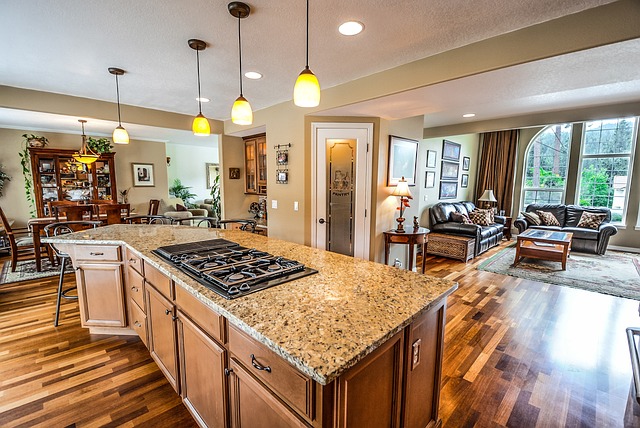When you carefully observe your kitchen, what comes into view? Is it impeccably minimalist, with tidy surfaces and every item neatly organized in its designated spot? Or is it a chaotic assortment of belongings . . . the tangible remnants of your daily existence?
It’s a reality that the majority of operational family kitchens won’t reach the level of minimalism that one might strive for. These kitchens will have evidence of life and ongoing projects, but that’s a natural aspect of a healthy and active family home, as opposed to a pristine show house.
However, the issue arises when essential items used in daily activities gradually become overshadowed by various other belongings that are difficult to get rid of. Despite your consistent efforts to tidy and clean your kitchen, it constantly appears disorganized.
Having clutter in your kitchen not only affects its appearance but can also lead to various other issues. This is especially true if you have beautiful natural stone countertops like quartz, marble, or granite. In addition to obscuring the visual appeal of your worktops, clutter can cause a range of problems. These problems include:
The burden of household chores increases with the quantity of possessions one owns, requiring additional time and effort for dusting, cleaning, and organizing. Imagine the potential time and energy savings if you were to eliminate all unnecessary clutter.
Inefficient time usage. Additionally, clutter can result in significant time wastage when searching for misplaced items like keys, tools, pens, or documents. If you spend an average of 10 minutes daily searching for lost items, it could accumulate to a staggering 153 days throughout your lifetime.
A cluttered living space can contribute to feelings of stress as it serves as a constant reminder of unfinished tasks. However, maintaining an organized and tidy home can have a positive impact on your mood and create an environment conducive to relaxation.
Domestic strife is quite common in the UK, with approximately 61% of households engaging in arguments about clutter on a monthly basis, and over 33% of households experiencing these disputes every week. It has been suggested that removing clutter from your home can significantly contribute to a happier living environment.
Feelings of social embarrassment arise when someone unexpectedly visits your home. If your clutter causes you to feel ashamed, and you usually spend a significant amount of time cleaning and tidying up before guests arrive, it is necessary to take action.
If any or all of the previously mentioned information seems quite familiar, we aim to assist you by providing this article! Here, we present some simple steps to organize and tidy up your kitchen:
Step 1: Allocate a designated period for the task of decluttering
Decluttering your kitchen may initially appear overwhelming, but once you take the first steps, you’ll realize it’s not as daunting as you expected. In order to effectively declutter, it’s important to allocate a sufficient amount of time. Take a moment to check your calendar or diary and set aside a substantial block of time specifically for decluttering. You may choose to dedicate a weekend morning or afternoon, or a few evenings during the week. However, once you determine the ideal time, make a commitment to stick to it, as deviating from the plan will only hinder your decluttering progress.
Step 2: Strategize the desired aesthetics for your kitchen
Before beginning the decluttering process, it is crucial to have a clear vision of how you want your kitchen to appear. Consider the placement of items: Do you intend to keep them in their current drawers and cupboards, or is there a more efficient organization method for your kitchen? Having a predetermined plan will facilitate a smoother and faster decluttering experience. If your kitchen has a marble floor, consider learning how to polish a marble floor.
When decluttering, it is important to consider the ultimate destination of your items and declutter in a logical manner. By doing so, you can ensure that you have sufficient free space for the sorted items to be placed. This process might resemble a challenging Jenga puzzle, where you may require a temporary storage area for items that have yet to find a designated cupboard or drawer. However, adopting an organized and systematic approach will ultimately lead to success.

